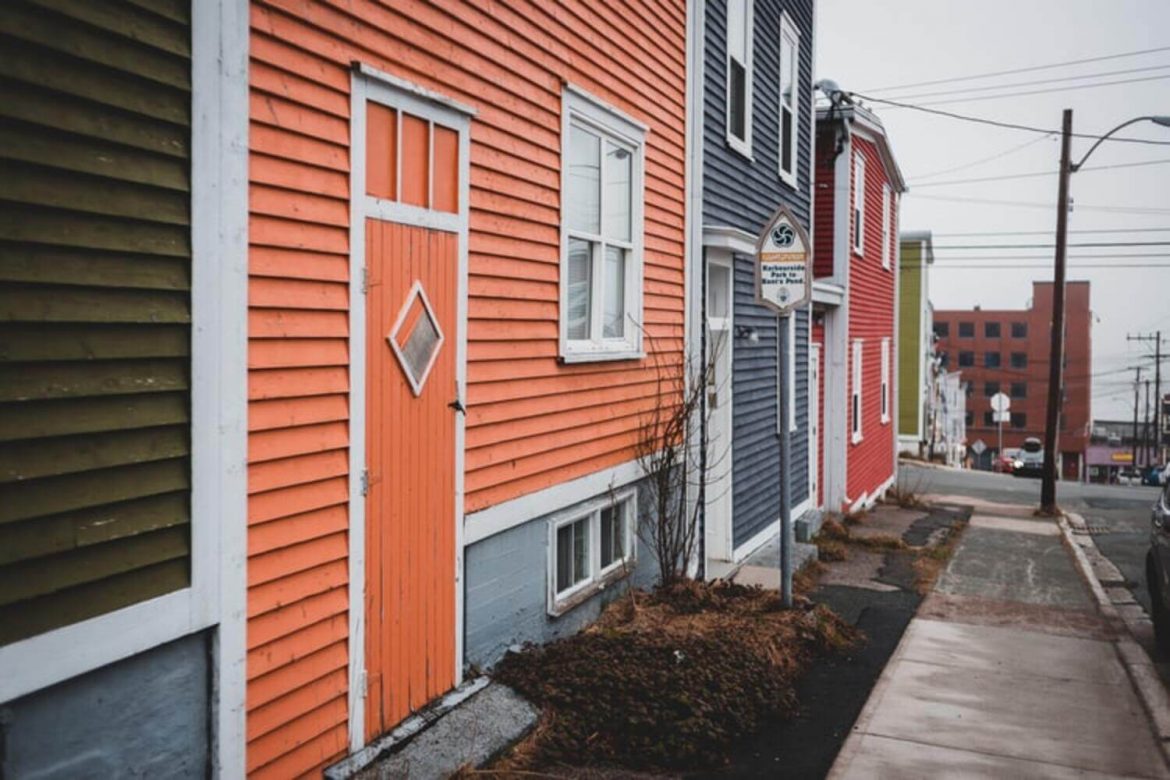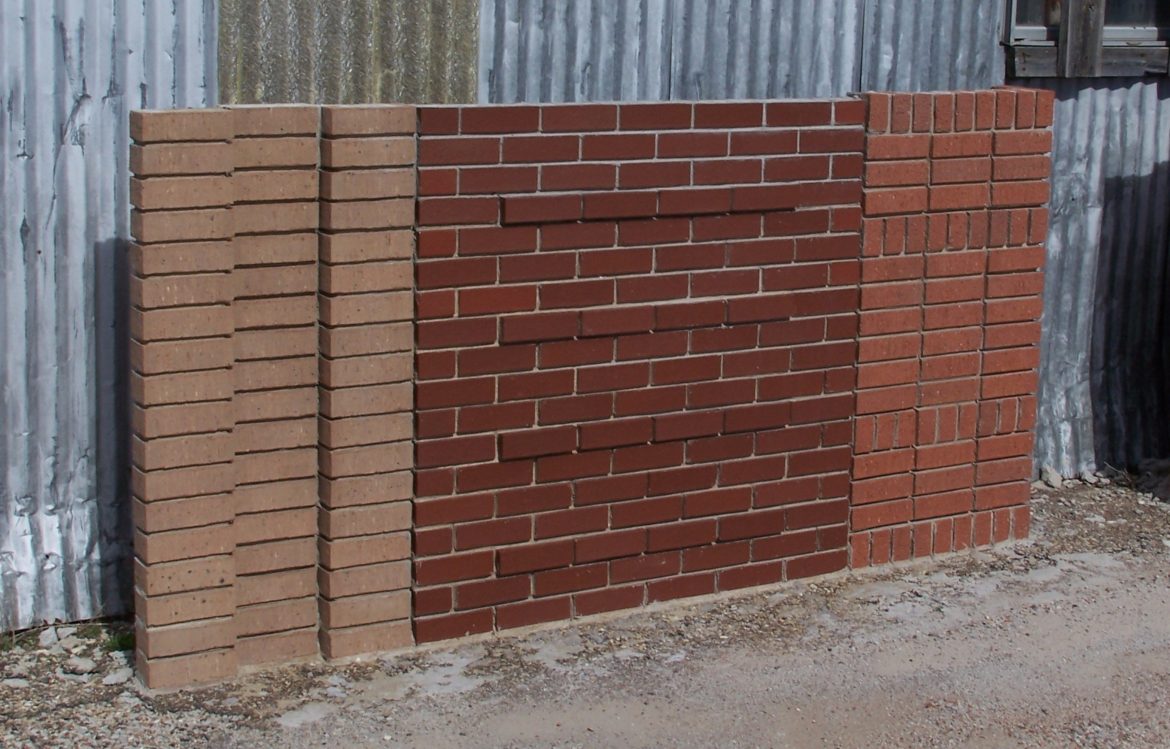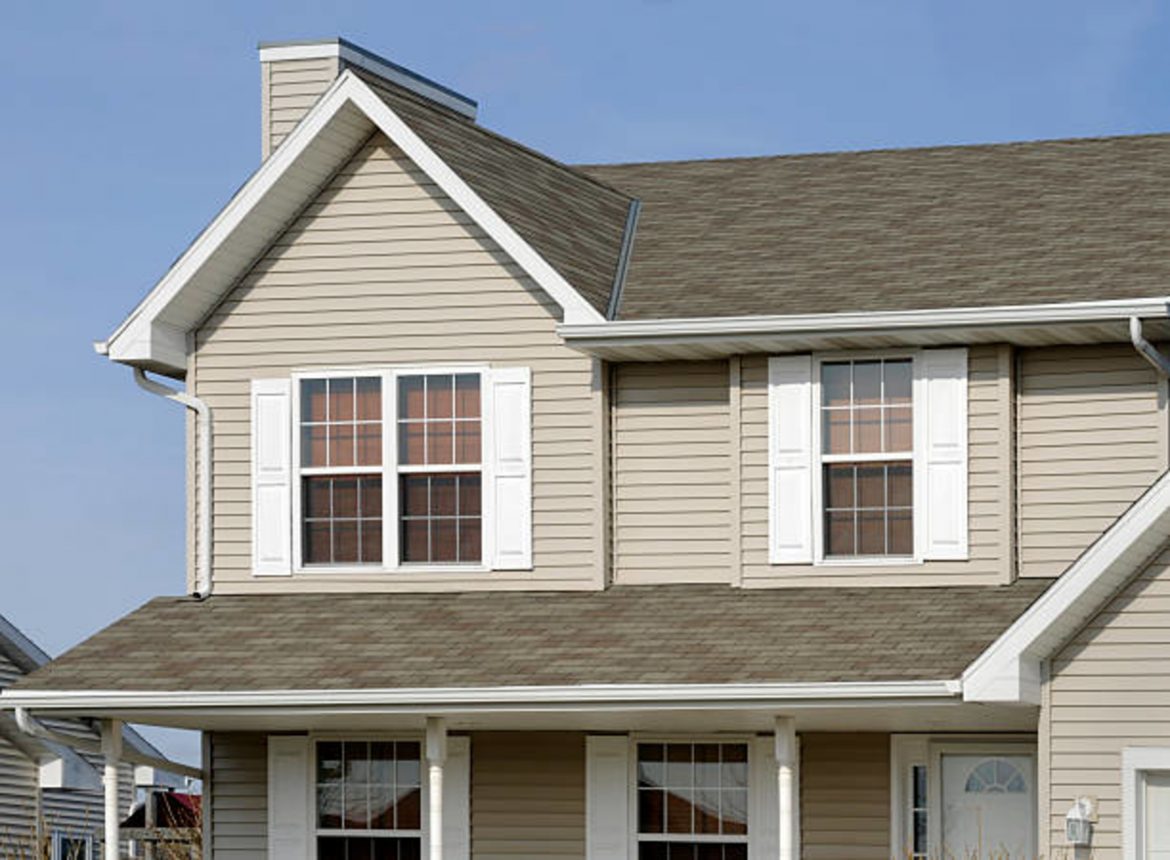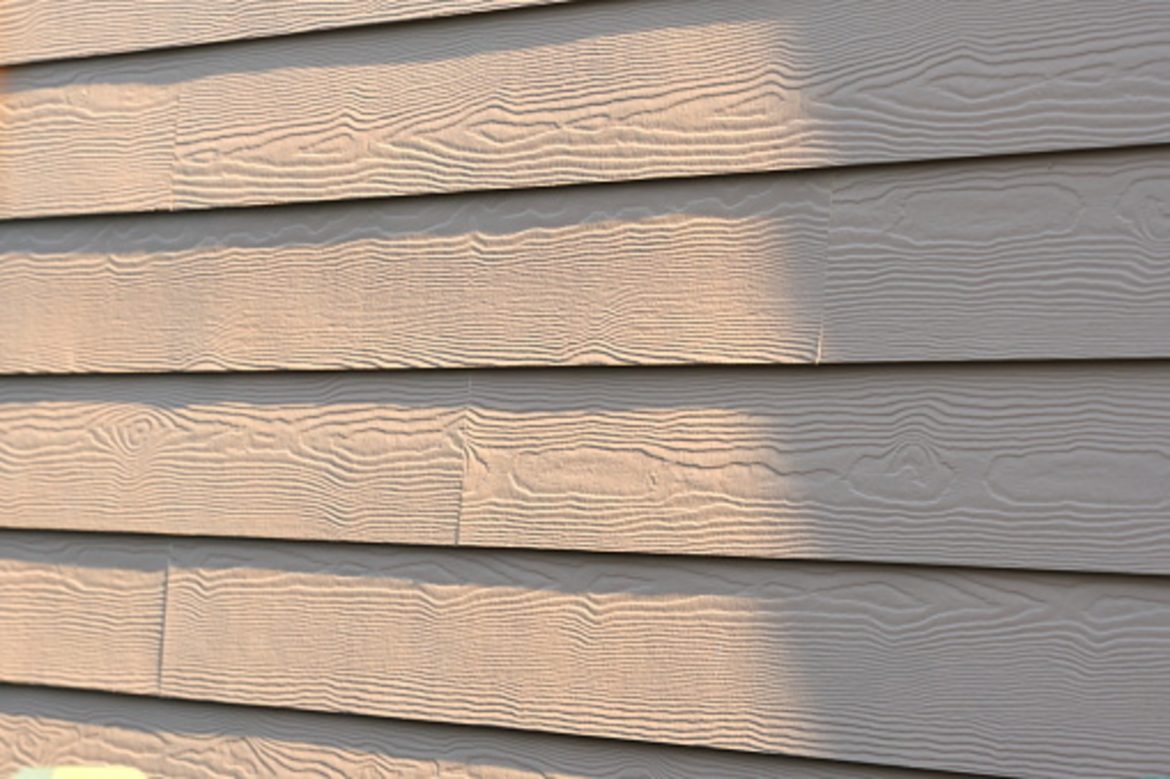Homeowners often wonder if their investment is worth it when they are considering home siding. You can’t really blame them when it’s a big decision that might cripple one’s finances if you’re not ready for it. But on the bright side, the siding will add value to your home while making the exterior look more attractive. However, you have to consider many factors first, such as the type of material, location, and design. And in a city as hot and sought out as Austin, Texas, here are the top four siding options worth checking out!
1. Fiber Cement
For hot and dry climates like in Austin, fiber cement is a reliable option. Why? Not only is it affordable, but this material has proven to withstand the test of time. On top of that, it’s environmentally friendly. Unlike other siding types, fiber cement doesn’t use harmful chemicals in its production process. It’s made from a mixture of plant fibers, sand, water, and Portland cement. You should seriously consider fiber cement siding in a hot climate. Its resistance to fire, together with a decent insulation value, will protect your home for decades to come. What’s even more appealing is that you’re not sacrificing aesthetics on this one. Fiber cement is made to replicate wood and comes in different shades, so you can still enjoy a classy finish by using it for your exterior.
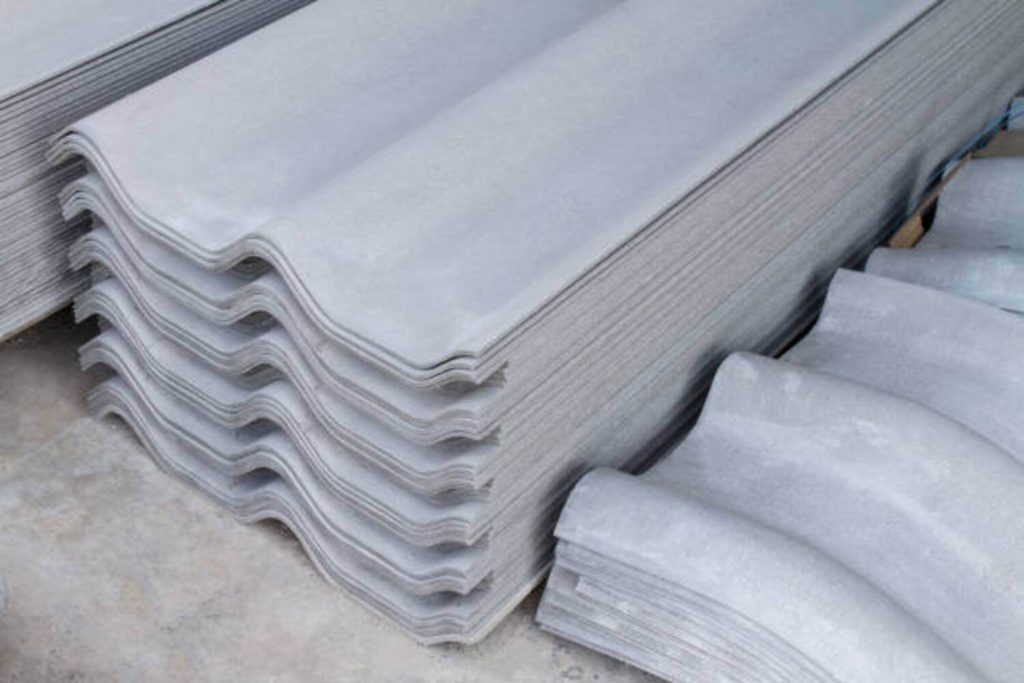
2. Stucco
A close cousin of fiber cement, stucco is durable and doesn’t require consistent maintenance. Its average lifespan lasts for decades, even when exposed to harsh environments such as coastal areas or humid southern climates. Beyond its durability, stucco also provides homeowners with a more expressive design choice. You can enjoy a wide range of colors on the market today that mimic terra cotta clay tiles, stone walls, and even grainy panels. Another advantage of using stucco comes from acoustic benefits that serve well if your next-door neighbor likes loud music. Unlike many hard surfaces which actually reflect sound waves, stucco blocks out sound entirely and reduces the amount of noise that finds its way into your home. When you’re looking for a new siding material, make sure to give stucco some consideration. It provides several advantages although it’s not the cheapest of options.
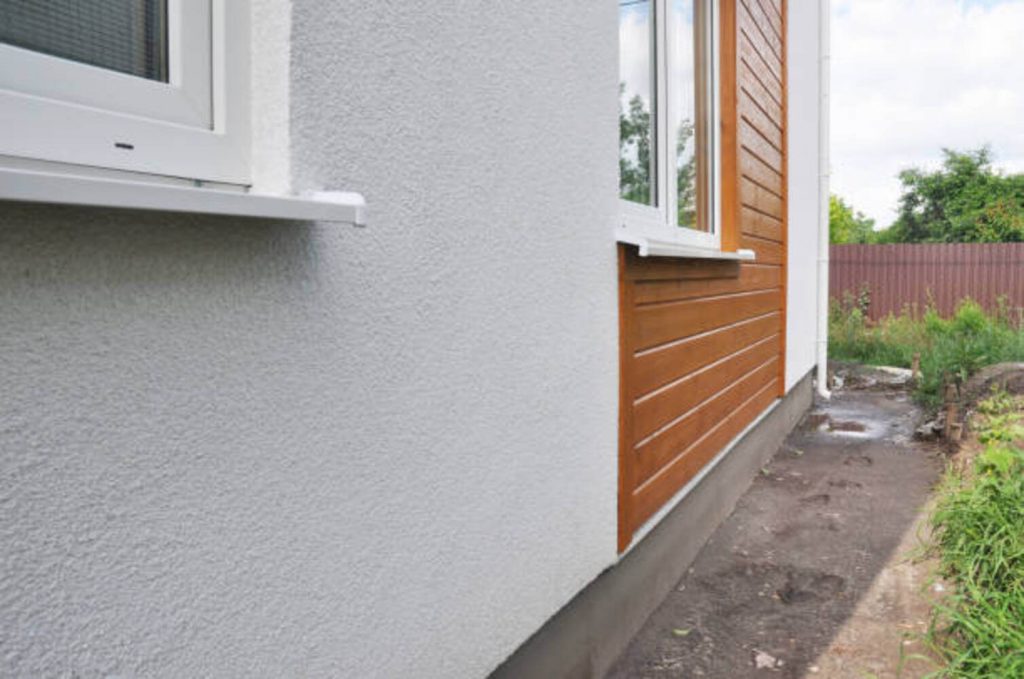
3. Vinyl
Although one can argue that vinyl can be bad for hot climates because of UV exposure, vinyl’s affordability and benefits far outweigh that. You are also likely to find a better variety of styles and colors within its price range. The material is durable, with longevity typically twenty years or greater than some other substrates that degrade more quickly in outdoor environments. Besides, you can just repaint your exterior as it fades over time. On top of that, repairing vinyl damage is easy, and you can completely do it by yourself, saving money on professional contractors. The downside? Vinyl is somewhat prone to moisture problems, so you might want to check out for small cracks every so often.
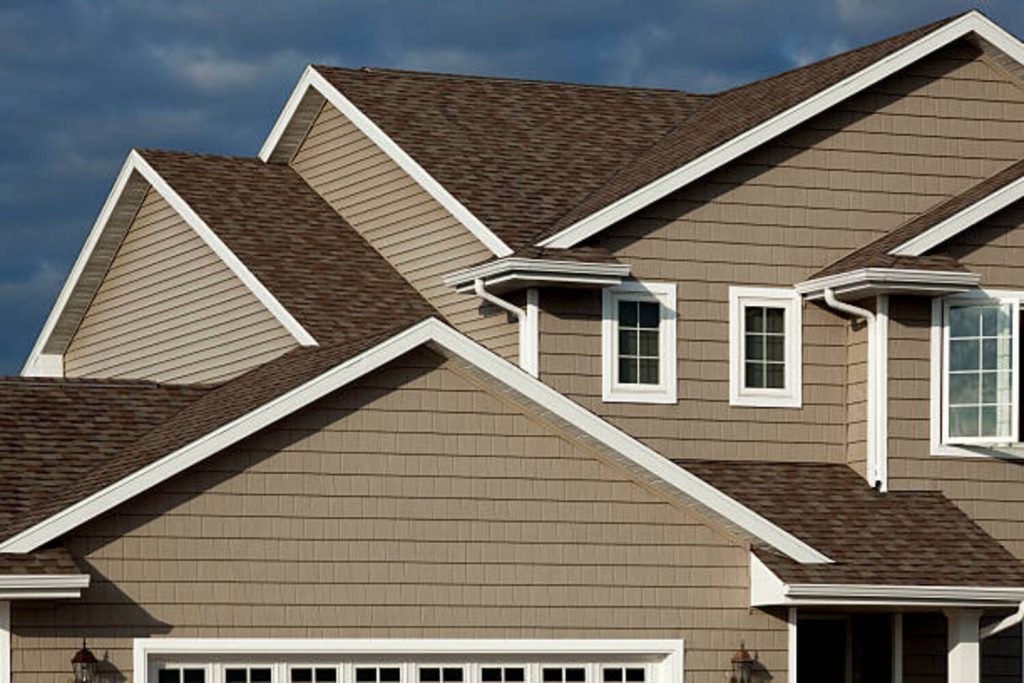
4. Wood
Despite its hefty price tag and expensive maintenance cost, wood remains one of Austin’s most sought out exteriors. No surprise since wood offers superior aesthetics with its stylish texture, versatile color, and shiny finish. But there’s more to wood than meets the eye. This organic material has a high insulation value — perfect for Austin’s sunny skies. The boards are thick, and they provide excellent protection from the sun’s heat. Wood is also able to breathe, which prevents moisture buildup on your walls. In hot climates, wood provides natural cooling through the evaporation of water vapor that seeps into its pores. But of course, with great power comes great responsibility. That’s why you have to be wary of insects that might eat away your wood siding, causing it to rot and crack.
Conclusion
Different siding types offer various aesthetics, benefits, and disadvantages. There’s no perfect siding, but there is the right exterior for you. Everything comes down to how much you’re willing to spend, the design you want to achieve, and the protection you wish to enjoy. Just because something isn’t popular doesn’t mean it can’t work. But if you’re going to play it safe, you could always go for trusted siding options for Texas like the ones above.

